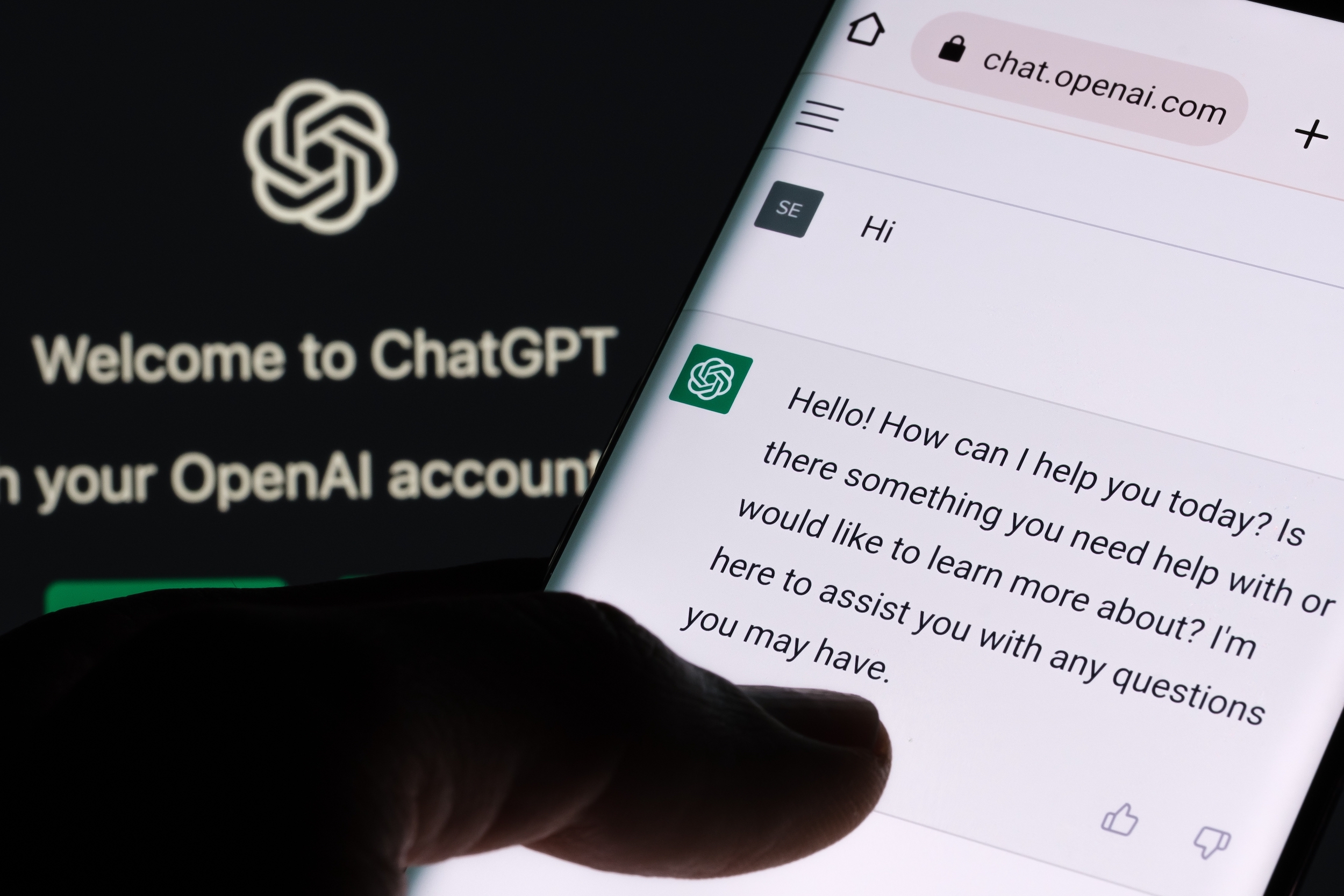ChatGPT Guides Users to NYT Reporter for Reality Check
Discover how ChatGPT is directing users losing touch with reality to contact NYT reporter Kashmir Hill for support.

Introduction
In the evolving landscape of AI, ChatGPT has introduced a Reality Check feature designed to enhance user interactions by providing accurate and reliable information. This feature is particularly notable for guiding users to credible sources, such as NYT reporter Kashmir Hill, to ensure information accuracy.
Understanding ChatGPT's Reality Check Feature
Explanation and Purpose
The Reality Check feature serves as a mechanism to direct users to trusted sources when they encounter uncertain or potentially misleading information. By guiding users to sources like Kashmir Hill, ChatGPT aims to provide well-rounded perspectives, ensuring users are informed and aware of potential biases or inaccuracies.
Functionality Overview
This feature functions by identifying when a user's query may benefit from external verification. It then suggests consulting reputable sources, fostering a more informed and critically thinking user base.
The Importance of Reality Checks in AI Interactions
Role in Mental Health and Grounding
AI plays a crucial role in maintaining user mental health by grounding interactions in reality. The Reality Check feature helps users discern fact from fiction, reducing the risk of misinformation and promoting a stable mental state.
Addressing Misinformation
ChatGPT addresses potential misinformation by cross-referencing data and suggesting external validations. This approach ensures that users are not misled by incorrect or delusional content, enhancing the reliability of interactions.
How ChatGPT's Reality Check Feature Works
Step-by-Step Process
- User Interaction: The user engages with ChatGPT, posing a query.
- Detection Mechanism: ChatGPT's algorithms detect if the query involves uncertain or potentially misleading information.
- Guidance to Sources: The system suggests consulting credible sources like Kashmir Hill for verification.
Triggering Scenarios
- Unclear Information: When the information is ambiguous or lacks consensus.
- Sensitive Topics: In discussions on controversial subjects, the feature encourages external validation.
Example Prompts
- "Is [statement] accurate?"
- "Can you verify [information]?"
For more insights on enhancing productivity with AI, visit ChatGPT AI Productivity Insights.
Implications of AI-Mediated Reality Checks
Ethical Considerations
Guiding users to specific sources raises ethical questions about bias and control. It's crucial to balance AI's role in providing information without imposing a particular viewpoint.
Balancing AI and Human Expertise
While AI excels at processing data, human expertise remains vital in critical situations. The Reality Check feature bridges this gap by combining AI's efficiency with human insight.
For a deeper dive into AI ethics, explore Securing Data and Privacy in ChatGPT.
Case Studies and User Experiences
Real-Life Benefits
Users have reported positive outcomes from the Reality Check feature, particularly in academic research and decision-making, where accurate information is crucial.
Feedback and Effectiveness
Experts praise the feature for promoting critical thinking, while users appreciate the guidance towards reliable sources. However, some suggest allowing more diverse sources to avoid echo chambers.
For insights on AI's impact on cognition, visit ChatGPT's Impact on Cognitive Abilities.
Conclusion
ChatGPT's Reality Check feature represents a significant step in AI's evolution, promoting informed interactions and critical thinking. By guiding users to credible sources, it enhances the reliability of information, fostering a more discerning user community. As AI continues to advance, features like Reality Check will be essential in maintaining trust and accuracy in AI interactions.